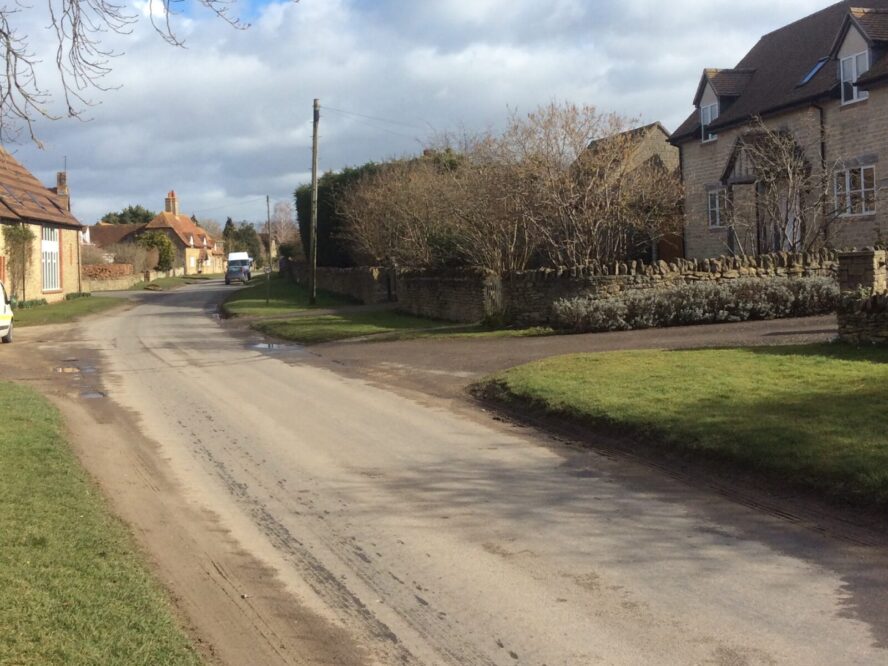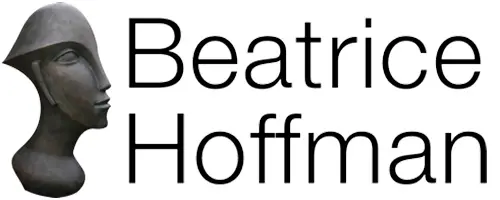Information for Students
Studio
I teach in my home and studio in Garford, near Oxford.
Lime Tree Cottage, Garford OX13 5PF

Directions
Coming from Oxford on the A420, turn left at the round about onto the Wantage road; A338. I am straight past the Frilford junction (with two sets of lights, and a Shell petrol station on the left hand side ), staying on the A338 towards Wantage; after 2 minutes of dr

iving, just after a set og sharp bends over a small bridge , take the FIRST right towards Garford.
Coming from Oxford on the A34, take the Abingdon Exit; turn left at the roundabout , towards Marcham ( and Whitney) on the A415; turn right at the lights at Frilford junction onto the A338 towards Wantage; turn first right towards Garford.
If you miss the Garford turning off the A338, , take the next one.
In Garford, coming from Oxford, I am on the left hand side, passing the village hall, and arriving on the third driveway AFTER the war memorial.
If you accidentally gone to too far, reverse in “Dairy Meadow”, the next road on the right hand side – and please not in the next doors neighbour’s driveway .

1. The road arriving from Oxford through the village of Garford

2. Entrance way towards Lime Tree Cottage – a sculpture on the gate post

3. Walk past the front door, turn left into the passage towards the back garden

The Studio: conservatory and side building
Parking
Please park in my drive way and on all of my front garden. Please don’t park on the verge beside the road, or on the opposite side of the road – my fellow villagers will complain!

1. First to arrive, park close to the garage or the apple tree. Leave enough space for other cars to follow.

2. Drive onto the front lawn, right up to the hedge on the boundary of my garden, past the house entrance.

3. Leave space for two cars to park on the front lawn
Your First Session
If you can arrive 20 minutes (9.40 or 1§7.40) before the start, I can show your round the studio, garden and kiln shed, and we could work out a topic for a sculpture that will inspire you for the session. While it is useful ( but not necessary) for you to bring along drawings or googled images of sculptures you like, it is best is to use a 3D object to copy from in your very first session. It enables you to view the object from all angles and sides – in distinction to a 2D image. Come prepared, or not – you will find plenty at the studio to inspire and guide you .
You will be joining a regular class, with all levels of experience and skills represented, and all manner of styles and topics of sculptures on view . In my experience, this works to your benefit , and will help you absorb the skills and confidence present in the group.
Where to find things?
Coat hangers are just outside the side room , to the right. You can leave your belongings ( bag) beside your own table.
Aprons you can find just before the toilet in the back off the side room.
Toilets are at the back of the side room.
Tools, sorted in many containers, are found to the right as you enter the conservatory on shelves against the wall .
Library of sculpture books last three shelves on the left before the toilet
Laminated images at the back of the conservatory
Collection of realistic toy animals in the shed
3D plaster teaching materials (facial features + torso) and a collection of natural objects ( seeds, shells, skulls) in the conservatory
Tutorials of anything I teach are online on my website, if you want to to consolidate what you learnt at home
Clay and the storing, firing & collection of sculptures
The cost of clay and firing is not included in the tuition fee. It varies depending on the height and weight of the sculpture, and is charged at cost only.
My kiln is stored in a large shed at the end of the garden; this is also where dry sculptures are stored, ready to be fired. Once there are enough sculptures to fill a kiln I run a firing, approximately every 6-10 weeks. With a very tall sculpture, I might have to wait longer to find an equally sized sculpture for a tall kiln shelf.
Sculptures need to be paid for in cash at the end of your two TRIAL sessions; and for regular students, when I hand over the fired sculpture.
I keep three types of clay, the bag costing £13.00: “Grey Crank craft”, fires off-white/light-beige, in a red bag; “Pink Craft Crank Mixture”, fires orange to beige at bisque temperature; and very smooth clay kept in a blue bag. They can be bought for students wanting to work at home.
Used Clay is collected from tables at the end of the sessions, and constantly recycled and kept damp in closed plastic tubs.
Sculptures in progress are wrapped up in two plastic bags to keep them damp and workable, and are stored from week to week in two green sheds behind the studio/ conservatory (against the neighbours fence) on the shelf labelled for sessions of particular weekdays ( i.e.Monday morning or evening, Wednesday morning).
TRIAL students store their sculpture relating to the day and time of their next session.
One-off students, who are not sure whether or when they return should take their sculpture-in-progress home; the same applies for students taking a term-long break.
Studio etiquette
Please mute your mobile phone, so no notifications can be heard by others. If possible, take your mobile phone conversations outdoors.
Tidying up is undertaken communally in the last ten minutes of the session:
- Take your sculpture to the shed
- Unless you started a new sculpture that needs drying and hardening - in that case leave it on the front table exposed to the air.
- Empty your table and scrape all remaining clay bits into a special plastic tub.
- Broom the floor around your table
- Keep clay damp in its plastic box by closing the lid firmly; close clay bag.
- Return books to the library.
Sweep around and underneath your table.

Recycled clay tubs, spray bottles, tools and natural objects

Natural objects and laminated images

Realistic toy animals

"Wenger Kiln with fired sculptures

Two storage sheds for student's sculptures

